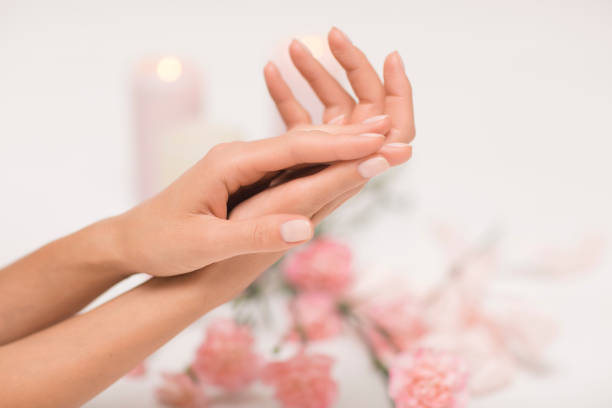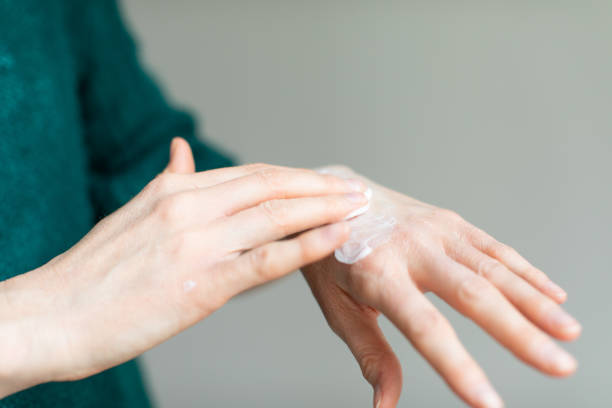Just like our entire body, hands also need more care to stay in the best shape possible, but to do this you need to know your skin type and what care to use for each one.
What are the hand skin types?
Just like the skin on your face, the skin on your hands can vary in type, condition and needs. Normal hand skin is balanced, with an adequate amount of natural oil (sebum) and moisture. It is neither overly dry nor oily, and generally feels smooth and healthy.

Dry skin on your hands tends to be rough, rough and prone to peeling. It can occur due to environmental factors, such as exposure to wind or cold, or lack of adequate hydration.
Oily skin on your hands has excess oil (sebum) production, which can leave it looking shiny or greasy. You may be more prone to acne or a sticky feeling.
Just like combination skin on the face, combination skin on the hands can have dry areas and oily areas. For example, the backs of your hands may be drier, while your palms may be more oily.
The sensitive skin on your hands can easily react to chemicals, fragrances or other irritants. It can become red, inflamed or itchy easily. As we age, the skin on our hands can lose elasticity, firmness and volume, resulting in wrinkles, dark spots and thinner, more fragile skin.
What are the step-by-step instructions for hand care?
Here is a step-by-step guide to hand care that can help keep them healthy, soft and hydrated. Wash your hands regularly with warm water and mild soap to remove dirt, germs and bacteria. Be sure to rub between your fingers, the backs of your hands, and under your nails for at least 20 seconds before rinsing.

After washing your hands and whenever you feel the need throughout the day, apply a moisturizing hand cream or lotion. Look for products that contain ingredients like glycerin, hyaluronic acid, coconut oil, or shea butter to provide effective hydration.
Once a week, use a gentle hand scrub to remove dead skin cells and promote cell renewal. Massage the exfoliant into damp hands using gentle circular movements and rinse well.
If your cuticles are dry or excessive, apply an oil or cream specifically for cuticles and massage gently to soften them. Use a cuticle pusher to gently push the cuticle back and remove excess with cuticle nippers.
Apply a specific sunscreen to your hands every morning, especially if you are exposed to the sun for long periods of time. This will help prevent sun damage such as dark spots and premature skin aging.
If your hands are tired or overworked, take time to relax and rest. Give your hands a gentle massage with a moisturizing cream or essential oil to relieve tension and promote blood circulation.
How do I choose the right product for my hand type?
Choosing the right product for your hand skin type is essential to ensure that your hands receive adequate care. When selecting a hand cream or lotion, read product labels to identify the main ingredients. Look for products that are formulated for your skin type and that contain hydrating and nourishing ingredients, such as glycerin, hyaluronic acid, natural oils (such as coconut, jojoba, or almond oil), and butter (such as shea or cocoa butter).

If you have sensitive skin, avoid products that contain fragrances, dyes, or other potentially irritating ingredients. Opt for hypoallergenic and fragrance-free products to reduce the risk of allergic reactions or skin irritation.
The texture of the product is also important, especially if you have personal preferences or specific needs. Some hand products have lighter textures, like lotions or gels, while others have richer, creamier textures, like creams or butter. Choose a texture that is comfortable for you and suits your preferences.
Not all hand products work the same for everyone. Try different brands and formulations to find the product that best suits your skin’s needs. You can start with sample or travel sizes before investing in a full-size product.
If you’re having trouble finding the right product for your hand skin type, or if you’re dealing with specific skin issues like eczema or psoriasis, consult a dermatologist. A dermatologist can provide personalized recommendations based on your skin’s specific needs and help you develop an effective hand care routine.



